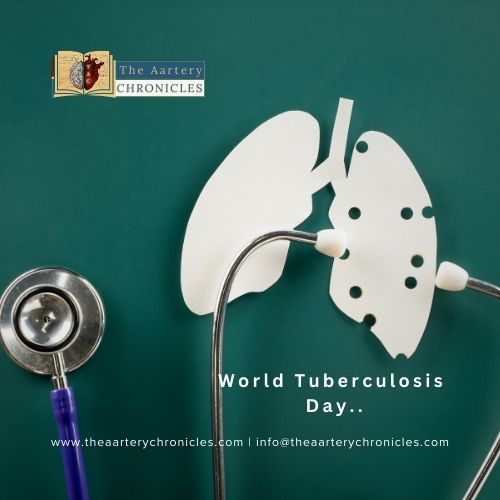

Could Camels Hold the Key to Ending Alzheimer’s?
New research suggests that camels might help stop Alzheimer’s by offering a unique type of tiny antibody that can enter the brain more easily than human antibodies. These special molecules called nanobodies are naturally produced by camels, llamas, and other camelid species. Because of their extremely small size, scientists believe they could one day help protect the brain from memory loss and other symptoms caused by Alzheimer’s disease.
What Makes Camelid Nanobodies Special?
Antibodies in the human body are large, Y-shaped proteins that help us fight infections. However, their size prevents them from reaching certain areas inside cells or deep inside the brain.
Camelid nanobodies are different.
They are about ten times smaller than typical human antibodies, making them far more flexible. This compact structure allows them to:
- Move through tight cellular spaces
- Bypass obstacles that stop normal antibodies
- Attach more precisely to disease-causing proteins
Because camels naturally produce these tiny antibodies, researchers have refined them even further in the lab, improving their ability to target specific problems in the brain.
Why Nanobodies Could Transform Brain Treatments
Treating brain diseases like Alzheimer’s has always been difficult because the brain is protected by the blood–brain barrier, a natural shield that blocks most medicines.
However, recent findings show that engineered camelid nanobodies can cross this barrier, giving them a major advantage over traditional therapies.
Until now, nanobody use in brain disorders was limited by two issues:
- They were cleared from the body too quickly by the kidneys
- They struggled to reach the brain in useful amounts
New animal research from the Centre National de la Recherche Scientifique (CNRS) in France shows that updated versions of these nanobodies can overcome both challenges. In fact, they can reach and bind to amyloid beta and tau, the two major proteins linked to Alzheimer’s symptoms.
What Scientists Still Need to Confirm
Before these therapies can be tested in humans, several safety checkpoints must be completed. Researchers must ensure that nanobodies:
- Remain stable inside the body
- Fold correctly and do not clump together
- Stay in the brain long enough to be effective
- Can be given in doses that are both safe and useful
The CNRS team is already testing these factors. Early data suggest that some nanobodies may be suitable for long-term use, raising hopes for future Alzheimer’s treatment options.
Looking Beyond Alzheimer’s: Wider Medical Potential
Camelid nanobodies are not new to medicine.
They have already shown promise in fighting several infections, including:
- Influenza A and B
- COVID-19
- Norovirus
- HIV
With further refinement, scientists believe these tiny proteins could also help protect brain function and slow memory loss, once again highlighting how camels might help stop Alzheimer’s in the future.
Conclusion
Although experts caution that real-world treatments may still be years away, this research marks a significant leap toward new brain therapies. The ability of camelid nanobodies to reach and act inside the brain could reshape how we approach Alzheimer’s disease and other neurological disorders.
As research continues, the possibility that camels might help stop Alzheimer’s is becoming more than just a scientific curiosity; it is emerging as a genuine pathway toward protecting memory and cognitive health.
Source: Inputs from various media Sources
I’m a pharmacist with a strong background in health sciences. I hold a BSc from Delhi University and a pharmacy degree from PDM University. I write articles and daily health news while interviewing doctors to bring you the latest insights. In my free time, you’ll find me at the gym or lost in a sci-fi novel.
- Priya Bairagi
- Health News and Updates,People Forum
- 15 November 2025
- 15:00








